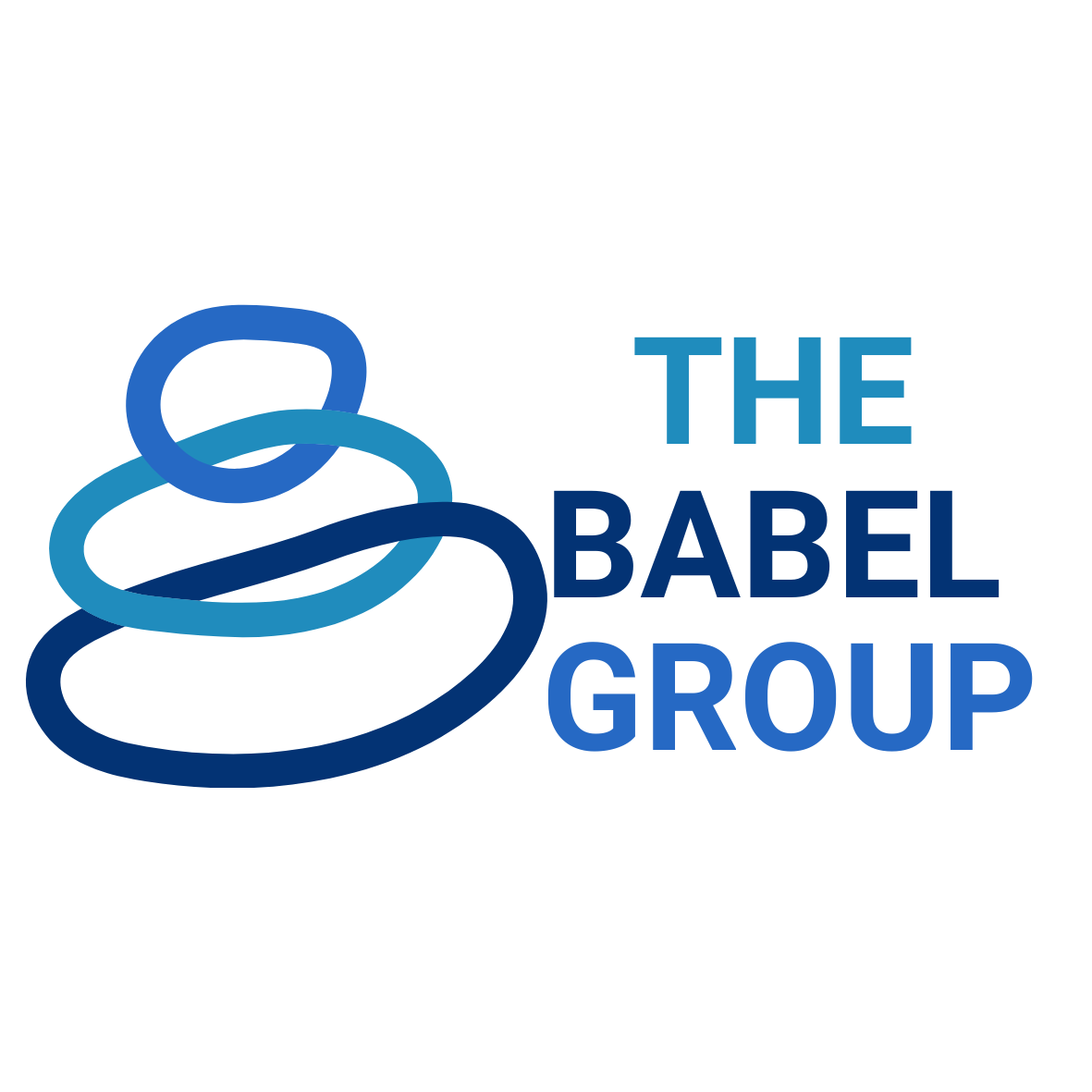by Taylor Woodard
I am a professional social policy analyst who has a physical and speech disability, similar to cerebral palsy. My movements are slow and awkward, requiring the use of a mobility scooter, as well as light daily personal assistance. Further, with my slow speech pattern, I am not easily understood by unfamiliar listeners nor voice-activated systems (Google Nest, Siri, etc.). My disability does not affect my intellect – I received dual master’s degrees from The University of Texas at Austin and have been employed for 10 years at the largest disability advocacy organization in the U.S.

Finally, an unexpected breakthrough: In January 2024, a friend in the Texas nonprofit space mentioned that a SLP had teamed up with researchers and individuals with speech disabilities to create a voice-recognition software for non-standard speakers. She offered to connect us, and in March of that year, I met Dr. Rachel Levy for an introductory call over Zoom. Ms. Levy explained how the Voiceitt product was developed, and we agreed that I was a candidate for the software. Shortly thereafter, I signed up for an account and began creating a voice profile.
Over the next several months, I slowly worked through the required 200 phrases needed to unlock the software. I also added nearly 20 Personal Vocabulary phrases. By August 2024, I was ready to start using Voiceitt in my work as a program manager for a national disability rights organization.
My first attempt was dictating a newsletter. I have drafted this publication for the past five years, so I was very familiar with the content and could focus on testing the software in real time. To my amazement, Voiceitt correctly transcribed my words 85% of the time. I also completed the task in half the time as I normally would, manually typing with only 2 fingers (one on each hand).
Encouraged by these results, I searched for additional avenues in which to incorporate Voiceitt into my advocacy work. I approached one of my supervisors about using the program as I co-led a newly created advisory board. Concurrently, I partnered with my organization’s HR department so I can use this assistive technology during organizational meetings. These efforts are ongoing.
Through the creation of this life-changing software, Dr. Levy and her team have opened up a world typically closed to those of us with nonstandard speech. I am so heartened by their contributions to the voice recognition space. I can’t wait to see what these pioneers design next!
